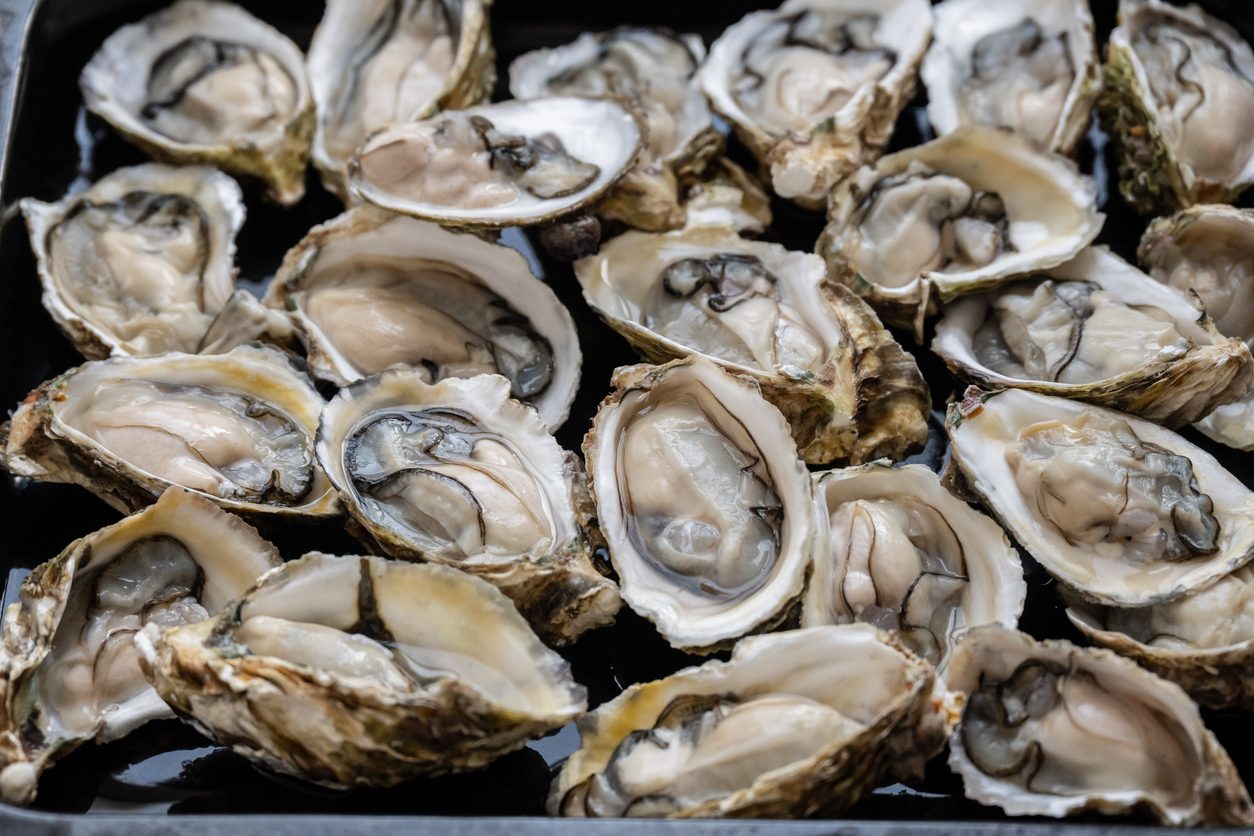Here’s Why You Should Be Careful Of Oysters
It's around that time of the year when people get the oyster eating frenzy but there's bad news, it also means there is a high probability to get food poisoning. Keep reading to learn how likely you are to fall sick from eating oysters this season.
;Resize,width=742;)
It is during summer oyster slurping fever grips most people but while the creatures make nice snacks, it also presents a healthy amount of risk.
In fact, slurping Oysters has been linked to food poisoning. The enlightenment started on TikTok where videos claiming that bacteria hiding in oysters can lead to negative symptoms like diarrhea and vomiting have been circulating.
Of course it could be people being over dramatic but is there really a need to worry? Here's what the experts said.
What are the potential health risks of consuming raw oysters?

To understand the health risks let's first examine the Oysters' anatomy. As many know, Oysters are filter feeders. One oyster, on average, filters 50 gallons of water daily and in the process, it traps harmful bacteria, viruses, or parasites that can naturally occur in the water.
One kind of bacteria to pay close attention to is vibrio, and it usually builds up in the oyster’s tissue.
Vibrio is most commonly found in coastal waters where oysters are harvested, and certain strains of the bug can make people sick, according to data from the CDC.
Every year, the CDC has claimed that nearly 80,000 people fall sick with vibriosis, an infection caused by the vibrio bacteria, and 100 people die from it.
In most cases of infection, the illness is mild, causing vomiting, watery diarrhea, nausea, stomach pains, or some weakness. But it can be more severe for those with compromised immune systems. In such rare cases, vibrio can cause serious blood infections, which can lead to limb amputations or death.

Are some oysters riskier to eat than others?
The location of harvest as well as the time of year when they are harvested both matter a lot when thinking about the potential risk. Oysters on the Gulf Coast are more likely to harbor vibrio than those from the East Coast, and regardless of the region, the bacteria multiplies in coastal waters from May through October.
During that time the sea temperatures increase, creating favorable conditions for bacteria like vibrio to thrice.
Of course that doesn’t make oysters farmed from cooler waters safe. Because of climate change, oysters from the East Coast have to deal with a growing risk of vibrio contamination due to rising water temperature.
According to a 2010 study in the Philosophical Transactions of the Royal Society B: Biological Sciences, just a slight increase of two degrees can create perfect conditions for the bacteria to thrive.
How likely are you to get sick from eating raw oysters?

According to the US Food and Drug Administration (FDA), at peak vibrio season in the Louisiana Gulf Area, there will most likely be one case of vibriosis out of every 2,270 servings of oysters.
The risk doesn’t sound too bad. However, remember there are still other factors to be conscious of. For example, how often you’re slurping those raw shellfish.
If it's once a week in the summer, then there is a higher chance of eating one contaminated with vibrio than someone enjoying them once a year during a holiday party.
;Resize,width=767;)

;Resize,width=712;)
;Resize,width=712;)
